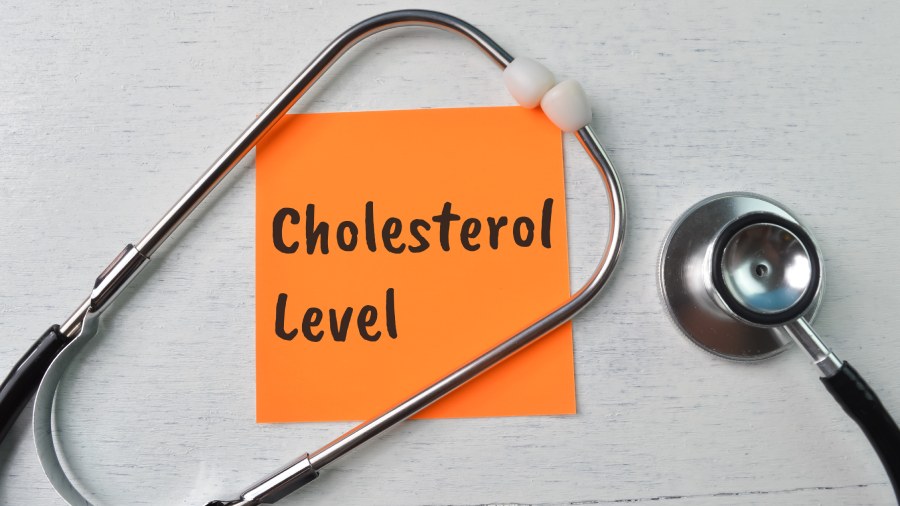The two-year lockdown, work and school from home, and lack of physical activity have resulted in profits for the fast food and snack industry and a deterioration in the general population’s health. In India, 20 per cent of the rural and 30 per cent of the urban population now have abnormal, elevated lipid profiles.
Lipid profiles are one of the standard parameters in “master health check-ups”. People either opt for these of their own volition, or it is a part of insurance or pre-employment evaluation. The numbers received are confusing to the layperson. Since there are no symptoms, the results are often not taken seriously.
To test lipid levels, blood is drawn after a 10 to 12 hour fast. If the test is done without fasting, the results may not be reliable.
The optimal levels for the four standard tests in a lipid panel are:
• Total cholesterol: below 200 mg/dL.
• High-density lipoprotein (HDL) cholesterol: above 60 mg/dL.
• Low-density lipoprotein (LDL) cholesterol: below 100 mg/dL (less than 70 mg/dL in diabetics).
• Triglycerides: below 150 mg/dL.
Lipid levels usually tend to be on the higher side. Abnormally low levels are extremely rare. However, they can arise with severe liver disease or severe malnutrition.
A routine test is usually recommended around the age of 45 years. In children, the recommended age for the first screening is 9-11 years with the next one at 17-19 years. This is particularly required if the child is obese, has a body mass index or BMI — weight divided by height in metre squared — greater than 30, has been constantly exposed to tobacco smoke, is diabetic, has a strong family history of high lipids or has parents who have had premature heart disease.
In adults, risk factors are obesity, lack of physical activity, diabetes and high blood pressure. In addition, certain diseases such as hypothyroidism, chronic kidney disease and pancreatitis can also elevate lipid levels.
Once the lipid levels have been found to be elevated, intervention is required. Smoking and the use of tobacco products in any form should be completely stopped. Aerobic activities such as jogging, walking, cycling or swimming should be done for at least 30 minutes every day. An attempt should be made to reach the ideal body weight with a BMI of 23.
High cholesterol and triglycerides, if neglected, tend to get deposited on the walls blood vessels. This narrows the lumen or circumference of the blood vessel, impeding free flow of blood. Sometimes the vessel may get blocked completely. This can cause heart attacks and strokes, which can prove to be fatal.
If lifestyle and diet modifications don’t work, medication needs to be started. Usually, one medicine is given initially and the dose is increased gradually to obtain maximum benefit. Then a second or third drug is added. The initial medication usually belongs to the statin group. Several drugs are available. They act by blocking the liver’s manufacture of cholesterol. Absorption of cholesterol from the intestine can be blocked by ezetimibe. The manufacture of cholesterol in the liver is also affected by bile-acid binding resins. Sometimes these are given in addition to statins.
High triglycerides mostly respond to these medications. If they do not, a class of drugs called fibrates or niacin or omega-3 fatty acids may also be prescribed.
If the initial lipid profile is normal, it needs to be rechecked every four to five years. If the results are abnormal or there are other risk factors involved, such as diabetes or obesity or a family history of premature strokes and death, then lipids should be rechecked every year.
Lipids may become controlled rapidly on medication, but that does not mean the patient has “recovered”. It is the medication that is keeping cholesterol and triglycerides low. Discontinuing the medication can lead to rising values once again and cause dangerous side effects.










